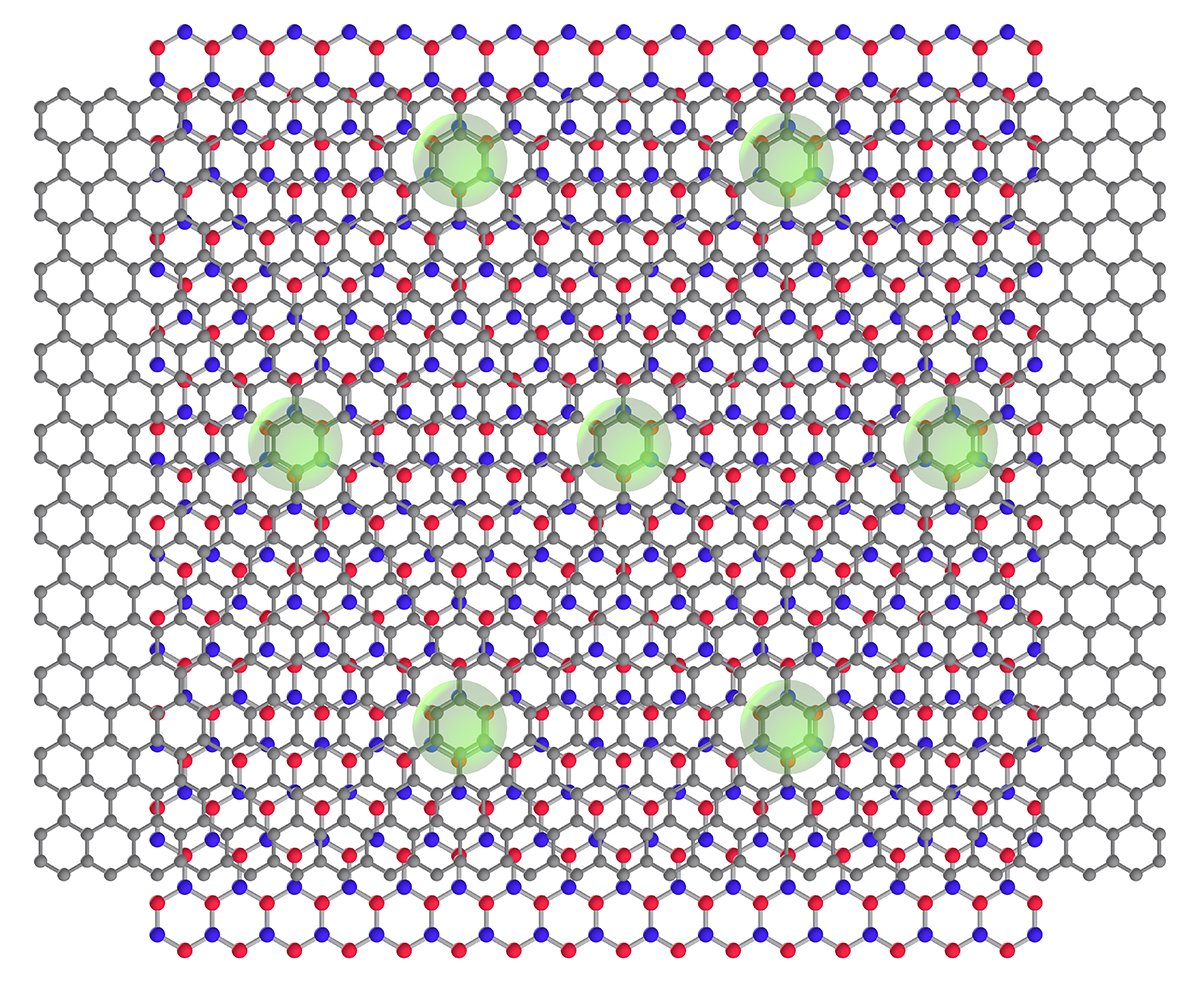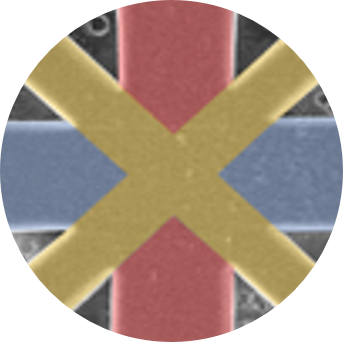The Center conducts research in three major thrust areas:
Thrust 1 – Defects, disorder, and many-body entanglement for quantum spectroscopy: The ability to interrogate quantum materials and to measure their coherent properties is crucial for both the fundamental and applied sciences. Conventional wisdom holds that harnessing many-body entanglement can significantly enhance such quantum sensing technologies. The goal of this thrust is to theoretically predict, computationally optimize, and experimentally create, characterize, and develop novel defect-based quantum sensing platforms. In addition to the platforms themselves, we will investigate sensing protocols that utilize many-body interactions, non-equilibrium driving pulses, and quantum information inspired techniques (e.g., error correction) to improve sensor performance. In combination, these enhanced sensing methods will open new doors to directly image the nanoscale transport properties of heterostructures, the microscopic magnetic storage of information and the nonlinear optical response of quantum materials.

Thrust 2 – Quantum coherence in engineered surfaces: Two of the most significant achievements of the last decade in materials physics are deeper understanding of the importance of topological order in materials and dramatic improvement in our ability to engineer 2D materials with atomic precision. Thrust 2 is an outgrowth of these achievements, as it focuses on atomically-precise 2D material combinations that enable new types of topological and correlated quantum coherence. Research in this thrust explores atomically-engineered topological interfaces that promise to find new examples of topological protection and improve coherent transport to the point that it becomes technologically relevant. This thrust is also aimed at exploiting the new complex quantum states that are predicted to arise when 2D materials are combined in ways that take advantage of topological protection and many-body correlations.

Thrust 3 – Coherence and defects in correlated and topological materials: New materials with enhanced response functions have the potential to become transformative technologies: ultra-fast electronics on time-scales of quantum processes, ultra-sensitive sensors based on electronic phase transitions, and the ability to encode information at the nanoscale. The purpose of this thrust is to address a key challenge in realizing the potential of these materials: understanding the role of defects, disorder and heterogeneity in determining response functions. The goal is not only to mitigate their potential deleterious effects, but to investigate how they may be used to control and manipulate electronic properties.


